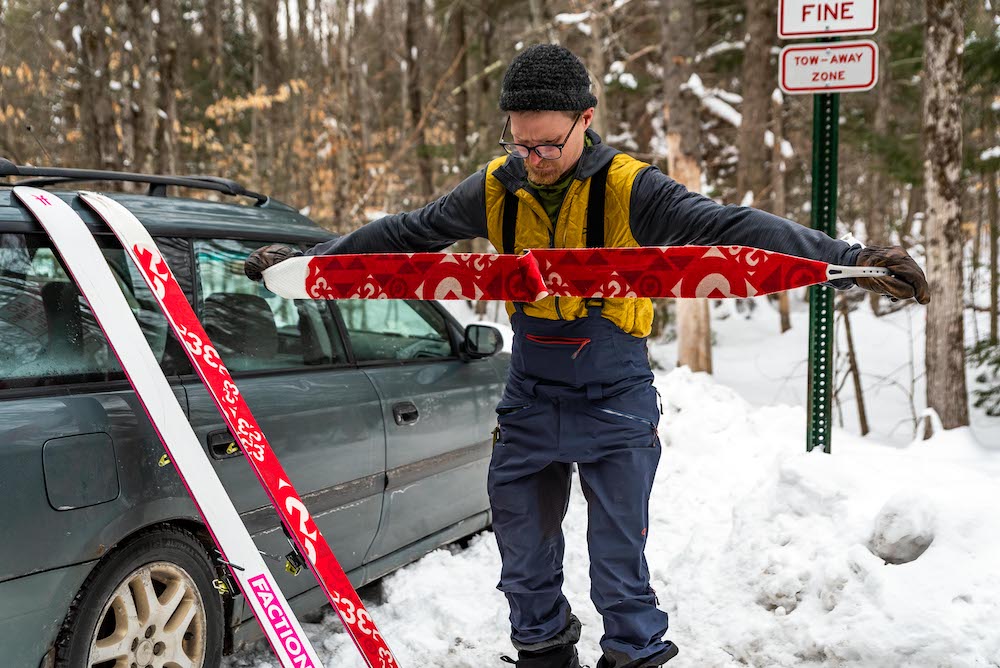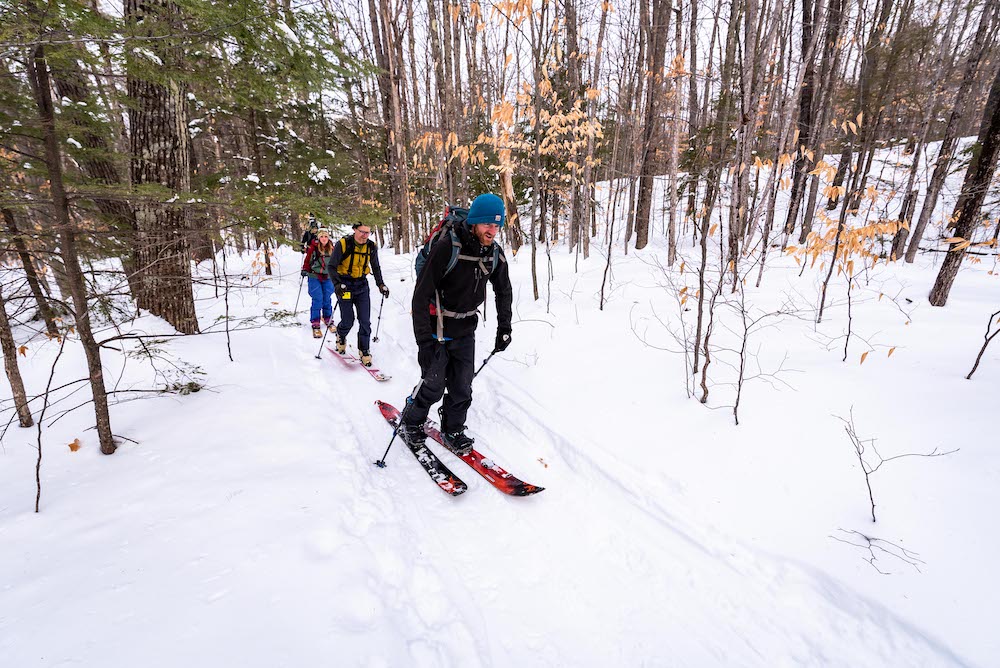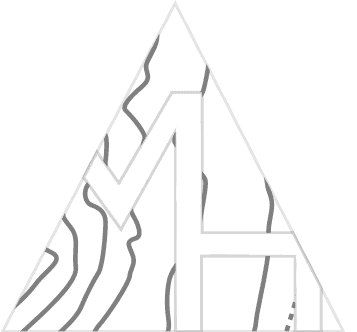When we arrived at the trailhead, cars filled the eight available parking spots that I expected would be empty. “We should’ve gone somewhere else,” I thought to myself. But in reality, I knew that “somewhere else” would have been even more crowded.
After grabbing an avalanche snow shovel from a friend’s pack to clear a ninth parking spot in the snow bank, we prepared our gear and were on our way up the trail to the summit.

The wind bit into my cheeks as we began the ascent through the Green Hills Preserve in North Conway, New Hampshire, forcing me to pull my jacket up so it covered as much of my face as possible. With wind chill, the ambient air was well below zero. But hoots and hollers of joy soon filled the air as a group of skiers — locals and close friends — came barreling towards us. They stopped to chat for a few minutes, and one even joined us on the ascent for another lap. This, along with the smiles on each of their faces, was telling of the conditions we were about to ski.
In recent years, the popularity of skiing in the backcountry — outside of resorts, on natural terrain with no groomers or ski patrol — has been rapidly increasing. Many “weekend warriors” and those who dabble in the occasional hike are realizing the physical and mental benefits of spending time in the outdoors, and getting regular doses of exercise. Improvements in ski and snowboard touring gear have also helped feed this rise in popularity, which over the past year has been sped up exponentially due to the ongoing pandemic.
To meet this demand, organizations like Granite Backcountry Alliance in New Hampshire, have been working to expand the network of backcountry ski areas. Now, in addition to trails like the Sherburne Ski Trail, which was the product of Roosevelt’s New Deal in the 1930’s, new zones around the Mount Washington Valley exist. These areas help give skiers additional touring options, dispersing the crowds which before, had limited options.

We didn’t see anyone else other than the initial group, save for two other locals we briefly bumped into at the summit. It was a surprisingly stark contrast to what I expected after seeing the full parking lot down below. I was glad we decided to forego the lift lines that we surely would’ve been standing in had we decided to head to a local resort.
During the climb, my body quickly warmed to a comfortable level, and I was forced to shed a layer to regulate my body temperature. My mind wandered, reducing the conversations taking place behind me to a dull murmur. While skiing lift-serviced laps on a powder day with friends has its place, there’s something therapeutic about climbing through natural forests with your skis or snowboard, avoiding the crowds and banter of the resorts.

At the top of our line, our group of six began transitioning for the downhill ski. I stopped to snap a few photos before looking out beyond the others into the Mount Washington Valley. I had seen the view a million times before from the top of a nearby ski resort, but each time I put in the effort to walk up, the view seemed a bit more special.
We dropped into the line, and smooth carves in untouched powder on open snowfields were accented by shouts of joy from the others in the group. The snowfields gave way to a natural drainage through the trees, which were spaced out just enough for some classic New England glade turns. When we made it back to the trail we had followed up during the ascent, we all looked at each other, smiling from cheek to cheek. I knew we were headed back to the top.

After two more laps, we were on our way back to the car. We celebrated what was just another day of skiing in our backyard with a few Pale Ales from Sierra Nevada. I stepped back to take in the joy that this simple act of walking to the top of a hill to slide back to the bottom brought to this group. After months of Zoom calls and isolation, this short backcountry ski tour had an impact that no day of waiting in lift lines could have had.
